Keay talks to Bibendum’s head of wine development as well as picks a ‘Magnificent Seven’ – seven wines that really stood out from the others, including a Single Ferment White Pais from Chile.
It’s been less than a year since Bibendum and Matthew Clark were bought out of the wreckage of Conviviality by the C&C Group. Since then the latter has announced its intention to run the two as seperate businesses, with Bibendum seeing its mission as getting back to basics and doing what it has always done best since it was first established back in 1982.
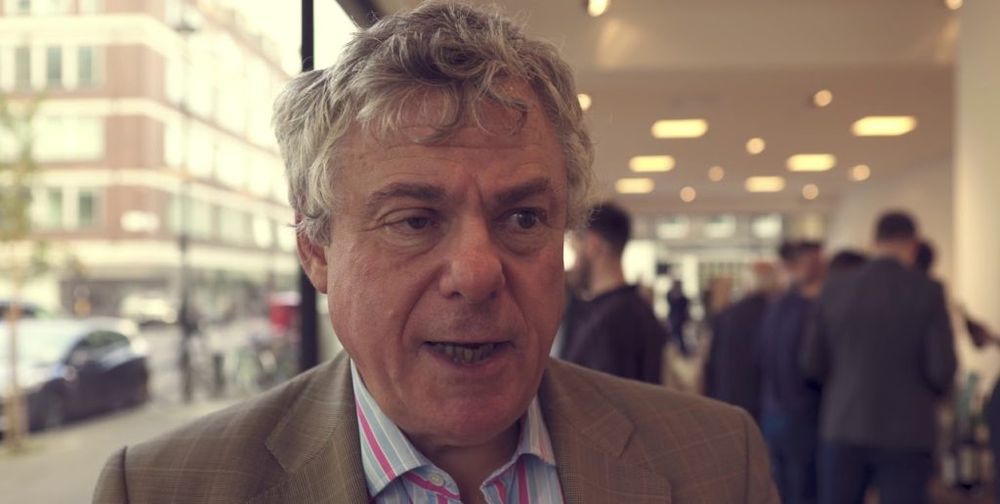
Bibendum’s wine development director Willie Lebus: “Not standing still”
“Bibendum was always very focused on wine and now more than ever, with Europe very much at the centre of what we do. People are drinking less but better and our role is to guide them by providing the best possible wine at the best possible price – and if the wines are organic or sustainably produced, so much the better,” says Willie Lebus, Bibendum’s wine development director, sitting in a Thames-side seat in the Oxo Centre on London’s Southbank.
This tasting, one of a series dubbed “Made in” that also included Manchester and Glasgow, sought to provide “an appreciation of where the products came from – the people, the place and the craft that went into creating them all,” echoing the conclusions of the importer’s latest Trend Report that concluded the two key on-trade trends right now are “diversity” and “indigenous”.

But referring to Bibendum’s rationalisation, Lebus admits that the industry is in a challenging place right now, with competition as tough as it has ever been.
“We cut around 30 producers, that’s true, but we’ve taken on 17 new ones including several from Spain and France – David-Beaupère and Marc Delienne, both from Beaujolais, are fabulous but so are our other new signings – so we’re not standing still.”
So what of the 194 wines on show?
As Lebus suggested, France is pretty strong; alongside old favourites like Dom Perignon (the 2008 really tasting exceptional), Moet & Chandon (the Grand Vintage 2012) and, of course, the likes of the perennially innovative Mirabeau en Provence (last year, wine in a can and a sparkling charmat rosé and this year a new, lower alcohol rosé), there are new signings from the Loire (Bruno Dubois), Jura (Domaine de la Pinte), Bordeaux and Languedoc-Roussillon.
And, as mentioned, from Beaujolais, David-Beaupère and Marc Delienne, whose wines embody the spirit of the new Beaujolais that has been embraced by somms and long-term fans of Gamay alike. The modern-art labels give a good hint of what lies within. Marc Delienne’s Fleurie Greta Garbo 2017 was wonderful; made from 60-year-old vines and benefiting from manual harvesting and four months in barrel, this is wonderfully fresh with red berry fruit and good acidity. David-Beaupère’s Julienas Les Trois Verres 2017 was similar with lots of red berry fruit and a long finish; unfiltered, unfined and organic, with minimal sulphur, this wine speaks of its sandy loam soils.
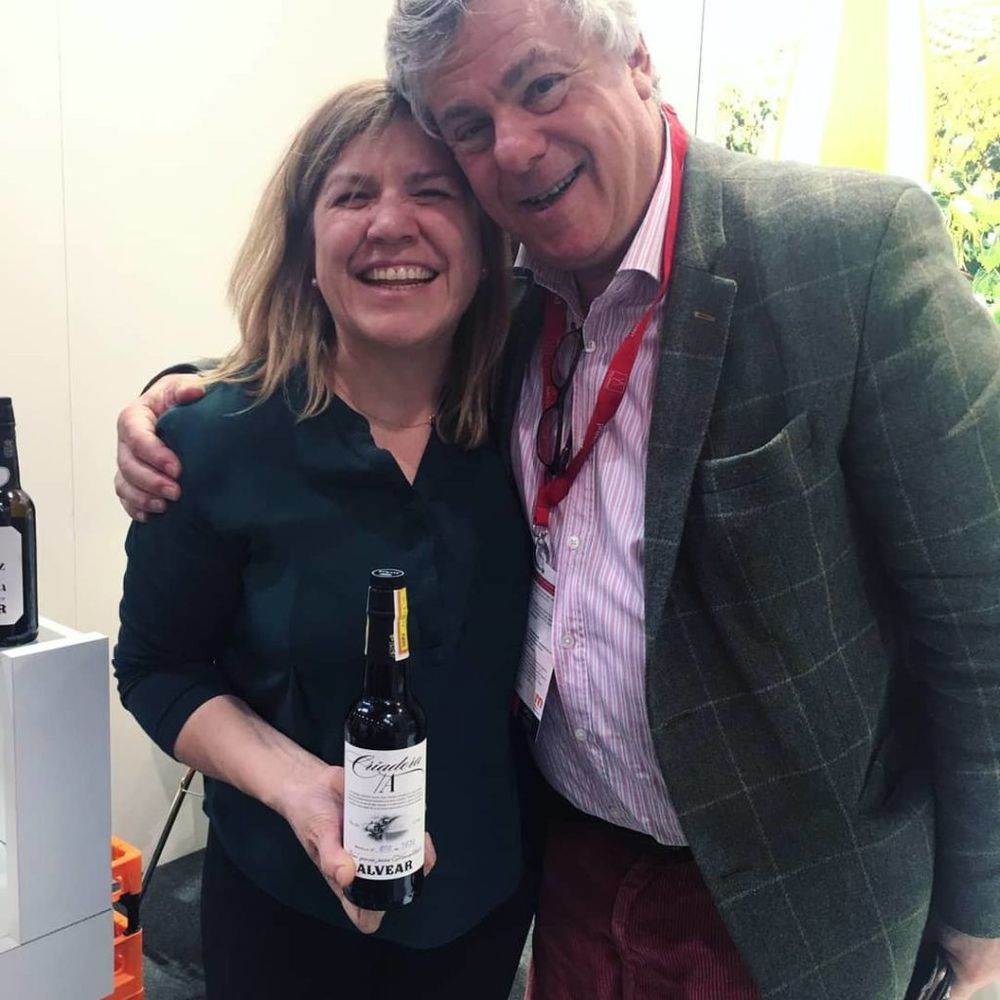
The new Spanish listings are impressive too; especially Ronsel do Sil from Ribeira Sacra, who have revived the Merenzao grape – identical to the Jura grape Trousseau – to produce, in the Apendre Merenzao 2017, a wonderfully rich, smoky wine, but light in colour and body. Another worthwhile find is Las Moradas de San Martín from Gredos near Madrid; their 2017 Aibillo, a variety more often associated with Ribera del Duero, was one of the more unusual wines of the tasting, with lovely apricot and honeysuckle notes, supported by six months of barrel ageing.
From Germany, the high quality range offered by Rhinegau producer Robert Weil was impressive, especially the great value Kabinett 2017; this is a great addition to the Bidendum list, and a good counterweight to the Mosel’s focused Markus Molitor, who has been with the importer for several years now. Bibendum has fortunately held onto some of its emerging regions producers, with Gal Tibor and Royal Tokaji flying the flag for Hungary and Doluca for Turkey. And from the UK, new wines from still wine specialists Bolney Estate and Albourne seem to have really hit the spot (don’t ask me what the latter were like; the table was mobbed whenever I passed by, but feedback was very positive).
So do I have a Magnificent Seven?
Of course I do, and unexpectedly, they are all from different countries.
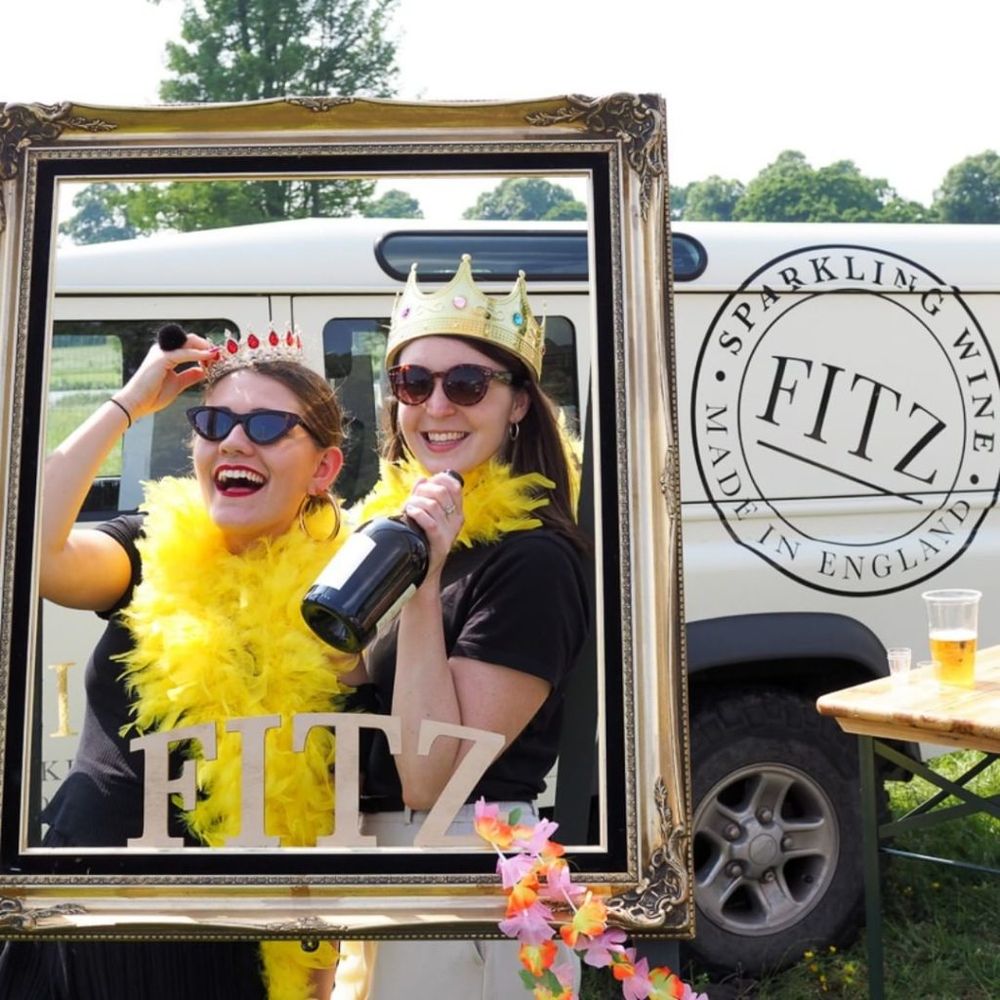
Hold the front page! Justin Keay recommends an English sparkling. See below
Quinta do Vallado Organic Vineyards Douro Tinto 2016 (Portugal) – This iconic Douro producer has set the pace for innovation, with its Moscatel Prima now a favourite amongst affecionados of the Douro’s ever improving whites. This red, made with grapes from organic vineyards in the upper Douro, is a delicious fresh blend of Tinta Roriz, Touriga Franca and Tinta Amerela. Tiny production, this reminds you of how far Douro reds have come in the past few years.
Alois Lageder Pinot Noir 2013 (Italy) – All the wines made by this outstanding Alto Adige producer are impressive, including the Chardonnay 2018 which is new to Bidendum, but my favourite was this lovely, bright, fresh red-berry Pinot through which you could almost taste the Dolomites. Sublime, nuanced and rich.
Fitz English Charmat Method NV (England) – Is this the first time I have ever recommended an English wine amongst my favourites? If so, this delicious wine – unlike most other English sparklers, made in the charmat method using Seyval Blanc, Reichensteiner and Madeline Angevine rather than the usual Chardonnay/Pinot – is a good reason to break with tradition. Launched only last year with 100,000 bottles and priced below £20, this is a moreish blend from a producer we will be seeing more of; a sparkling pink is promised for this summer, perfect for blowing away those Brexit blues.
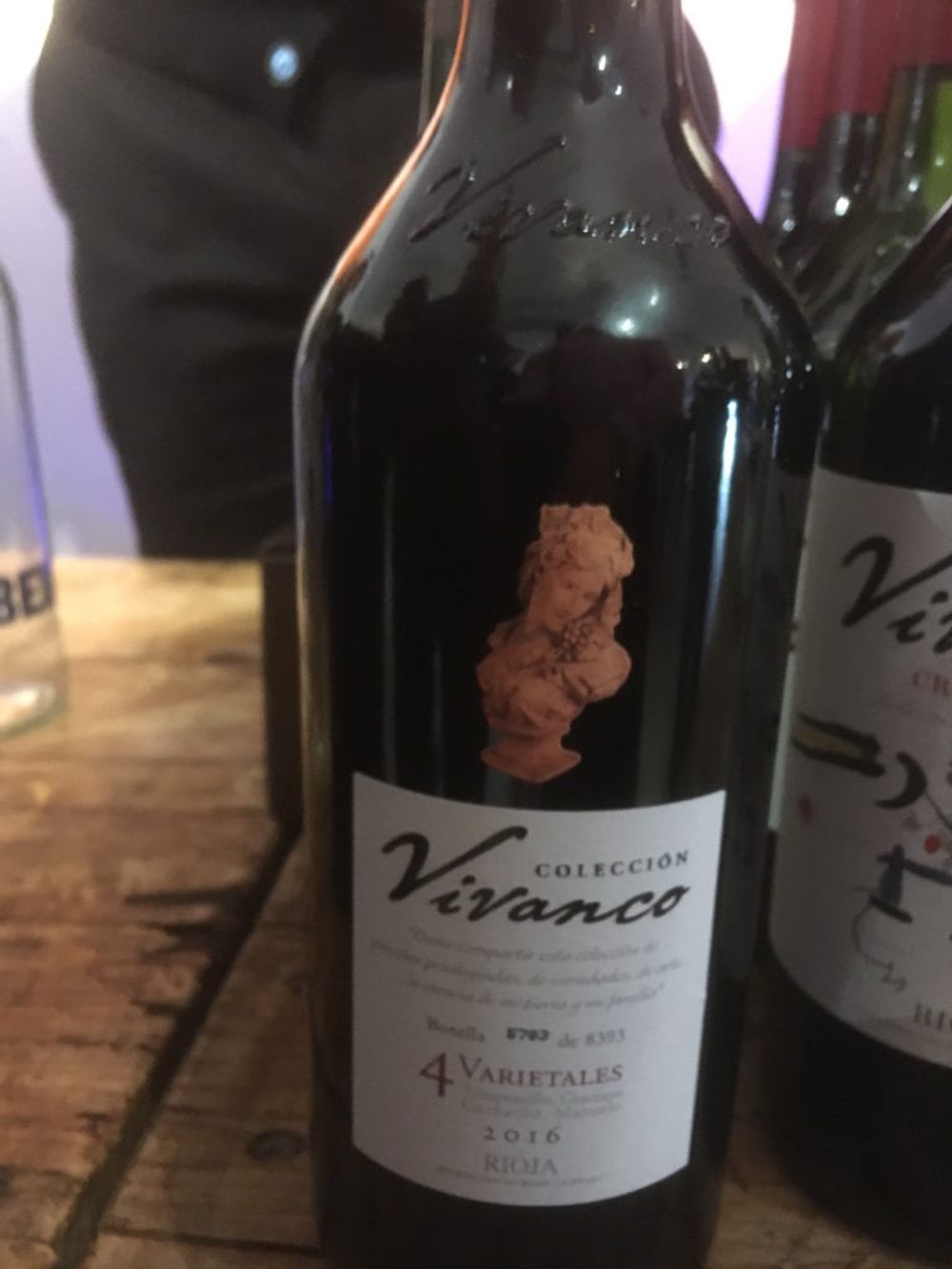
Vivanco Coleccion 4 Varietales 2016 (Spain) – Rioja – particularly Rioja Alta – has come a long way in recent years, moving away from a pure focus on Tempranillo and looking at some of the other traditional grapes of the region. This, by family producer Vivanco, is a wonderful, moreish blend of four varieties, Tempranillo, Graciano, Garnacha and Manzuela; perfectly balanced, with smooth, rounded tannins supporting the dark fruit flavours.
Bibendum is defining itself as Europe-focused, but some of the wines from further afield are impressive, and were showing well.
Catena‘s Vista Flores Malbec 2016 (Argentina) – Sourced from these historic high-altitude vineyards in Mendoza, this is proof that Argentinian Malbec doesn’t have to be full on, in your face; surprisingly light, but with lots of dark berry fruit supported by well-integrated tannins, this is also very good value.
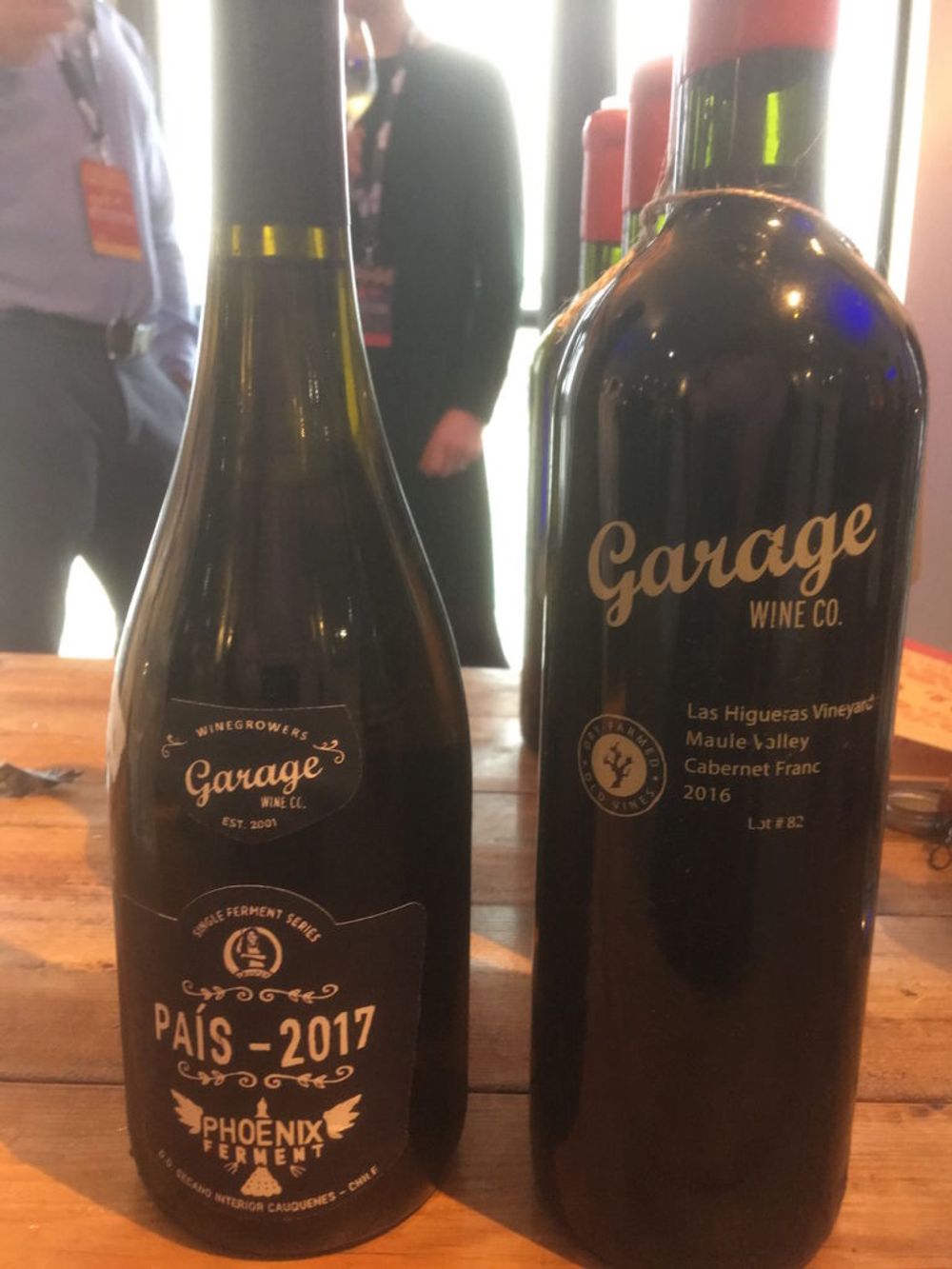
Garage Wine Co Single Ferment Phoenix White Pais 2017 (Chile) – I liked pretty much everything about this wine; that it’s made from South America’s one indigenous (but usually red) variety, the fact it, like all of Garage Co’s wines are tiny volume, that it was the most unusual wine in the tasting – dry but with a big (and at the same time) light mouth feel. Most importantly, that it was made carefully, with minimal pressing, from smoke-damaged grapes that other producers wouldn’t touch, which meant producer Derek Mossmann Knapp was able to provide a lifeline to local farmers when they most needed it. His highly expressive Cabernet Franc Lot 82, 2016 was also pretty impressive.
Graham Beck Brut Zero 2012 (South Africa) – I’ve never been fully behind the current trend for no sugar sparklers, finding many very acidic and frankly, too much like hard work. This delicious new wine is very different, having spent no fewer than six years on the lees; 100% Chardonnay, is also very good value, with 25% fewer calories than the producers’ other wines, and fully justifying their decision to focus exclusively on sparkling wine.
This was always going to be an important tasting for Bibendum and, judging by the wines on show, and the upbeat mood of most of the producers there, the outlook is positive despite the Brexit shitshow and the darkening outlook for the UK economy, which is bound to impact on the trade.
“The trick is have a range that’s exciting and relevant to our customers,” Lebus told me.
Bibendum seems to be achieving this rather well.
































